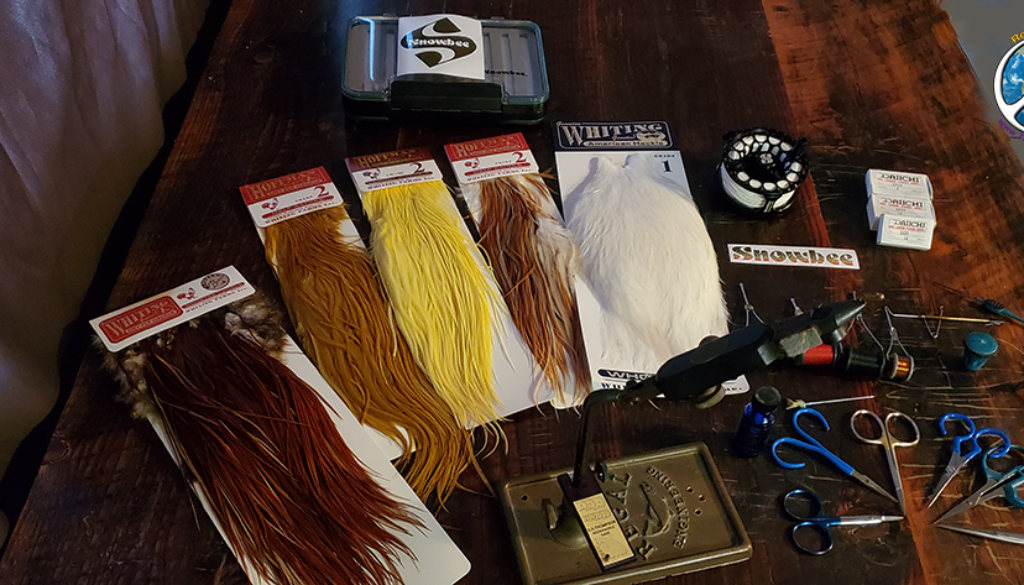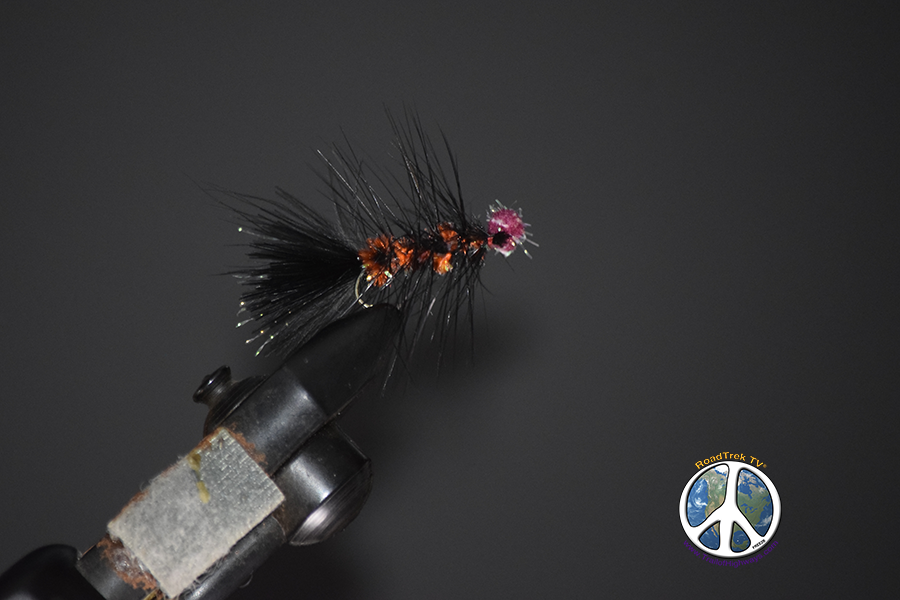Streamer Fly Fishing Techniques
Big Fish Flies Streamer Fly Fishing Techniques
Yes, there are lists upon lists of fishing techniques out there, and all people seem to gravitate towards one or two and stick with them. However, when you’re talking about finding an exciting way to fish that, by the way, can really allow you to haul in some big catches, streamer fly fishing is a true sport to take a look at. It may sound too simplistic to you. After all, you’re simply using streamers that resemble smaller baitfish and prey, such as crayfish, in order to haul in that large to feast on those tasty morsels. But the truth is, if nothing else is working for you out on the water, it’s almost a “sure thing” that casting out a streamer will be the key to bringing in the catch. The three main techniques to learn are spelled out below, and odds are you will find the one that works best for you.
Across Stream Down Stream Mend
For the standard, foundation technique, fish across stream (downward mend), and make sure to cast the streamer to the other bank approximately six inches off the bank. You are, after all, imitating a smaller fish that’s fighting its way through the current, across the stream; fish won’t be “spooked” out of their hiding places below the water if you cast two or three feet from the bank, so make sure the cast is done well.
Wounded Bait Fish Technique
The technique to imitate a struggling baitfish in its attempt to swim through the current, can cause a feeding frenzy to erupt right in front of your eyes. This should be seen from your point of view as if standing at the top of a hole and fishing downstream into that hole. The beauty of learning this is you’ll quickly see that you can keep the streamer in the strike zone for a very long time. That way, even the laziest of the big gamefish will have to strike because they simply won’t be able to resist watching that ultimate struggle.
Using a very heavy streamer so that it can get to the bottom of the water quickly is what’s needed to bring in your catch. By standing in the middle of the river and directly upstream of the hole, you pull out as much line as you need to reach the end of the hole, cast the fly three to five yards, and let the current dead drift your streamer until it reaches the end of the hole. Take your line, mend it to the right or the left, and let the current drag that mend. The final step is, once the streamer and your line has straightened out, the streamer sinks yet again and looks like the baitfish is struggling. By reenacting this process, each time bringing in a little more line, you attract the catch you want quickly.
Fishing the Spawn Streamer Fly fishing Techniques
The third technique that anglers like to use is referred to as the ‘hungry leech’ or egg sucking leech. This technique uses two flies, which “looks” to the gamefish like a leech chasing an egg. Although a simple, basic way of streamer fishing, it is a proven way to catch a great deal of fish when the spawn is raging. Keep in mind that when you find spawning fish at the end of a run, it’s best to let them spawn. Before you protest, know that you won’t miss anything at all by letting this happen in peace. There are plenty of fish right below the spawning fish that are feeding on the eggs that don’t stick to the ground. In other words, your catch is right there just waiting to be hauled in.
By setting up in the middle of the hole, you give yourself the ability to cast upstream and dead drift. Tie an egg as your lead fly, and a streamer directly below it – this “looks” like the streamer (leech) is chasing the egg. Then cast normally and dead drift the fly. It’s not an over-exaggeration to say that you’ll be catching a great amount of fish during the dead drift, so stay awake and keep your eyes open. The activity, alone, will send your adrenaline pumping.
By making sure to learn these introduction techniques, you will cover a lot of water effectively and be well on your way to becoming highly-skilled in the streamer sport.
The History of Fly Tying: Click Here
Tying a Soft Hackle Spark Ant: Click Here
Tying a Purple Ant: Click Here
Tying Wooly Buggers/Egg Sucking Leeches: Click Here





